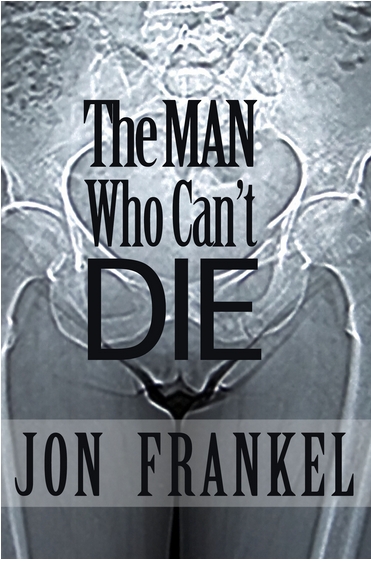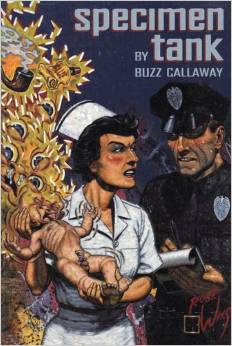Barzakh
Barzakh is a term I picked up from Henry Corbin, in his writing about Iranian mysticism. Barzakh is the Interzone, or Interworld, the place midway between our world and the eternal world. It is beneath the Throne of Heaven.
There is always a Barazakh, but where people situate it changes over time. Sometimes it is ‘out there’, within or between the various spheres or zones of the heavens. Sometimes it is within, in the unconscious, or subconscious. Parts of it are located on the earth or beneath it. Wherever a fantastic world is described, this is the Barazakh. In James Cameron’s The Abyss it is underwater (as it is in Caspar the Friendly Ghost and Sponge Bob). In The Faerie Queene it crops up in a variety (as you would expect from Spenser) of places. There are false paradises, like the Bower of Bliss, and true ones, like The Bower of Adonis. The whole of the poem takes place in a Barzakh, as each thing and event is expressive of an inner state or meaning, not an actual extensive geography. These are spiritual locations where hellish people experience their gluttony as devouring demons and the righteous walk in gardens with fountains and fantastic cities of diamond and gold. William Burroughs’ interzones are hallucinatory spaces. Dante locates Eden at the top of Purgatory, just befor entering heaven. Virgil cannot accompany him there. For Blake it is Beulah, which, as also might be expected, can be both a place of repose and a false paradise. Thel, in refusing to leave, to become embodied and sexual, condemns herself to an idiotic lifelong childlike condition. She is enfeebled by her fear of existence, her refusal to fall and by extension, her refusal of redemption. Beulah is the highest state the natural man can attain, it is Adam. It is also the lowest state of Eternity. After that the eternal becomes embodied, and the creation of the lower universe occurs. But this is also a spiritual or mental development. People in the state of wholeness perceive a living universe in which all the parts are both distinct and integral to each other. As mind evolves it starts to separate one thing from another, its removes life from matter and begins to perceive life as an illusion, it is epiphenomenal. Soon we are little specks of improbable being in a vast inhuman universe of dead matter, isolated, mortal minds condemned to an imperfect knowledge that only reveals the simple truth of death and annihilation. Everything else is delusion and fantasy. Jung in his later years wrote about Flying Saucers and saw them as manifestations of our aspiration to wholeness, the archetype of the circle. This seems particularly Utopian to me, but I suppose in the 1950s, with the materialization of Armageddon, it was not really off the wall to materialize resurrection, or at least a modern form of the aspiration. The modern world is an embodiment of all the fantasies humans have had, air travel, instantaneous communication, weapons that can destroy the world. I sometimes think history is a materialization of our fantasies, and not that our fantasies are a dematerialization of history. Yet really it is the local condition becoming globalized. There have always been tyrants, technological advances, armies of the night out to destroy the world and everything in it, plagues. The science and practice of metalurgy predates alchemy. And of course the Barzakh appears as the internet in William Gibson’s Neuromancer and countless other Matrix worlds, the virtual Interzone. Vico says genres and rhetoric evolve along with property relations and social institutions, epic poetry, theater, novels. So does our conception of Barzakh. Our Barzakh can appear as film, television, internet or Rock’n’Roll, depending on our age. For me it is the world of poetry, of Shelley, Blake and Spenser, of The Wasteland, of Finnegans Wake. Henry Corbin emphasizes that its locus is here and its time is now, that it is a question of perception. That’s where Blake and Joyce are all the time. Where are you, where am I, where are we?



